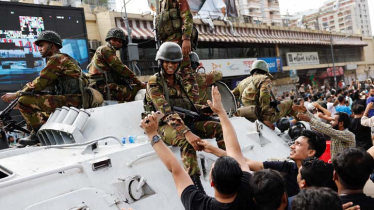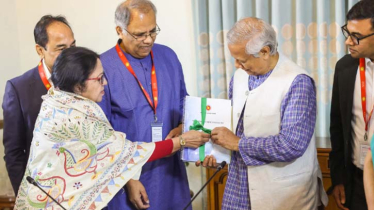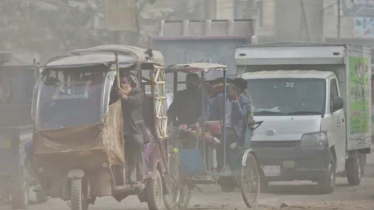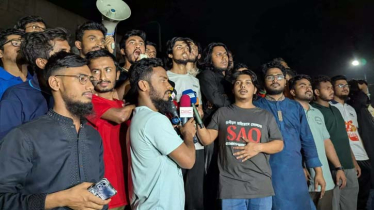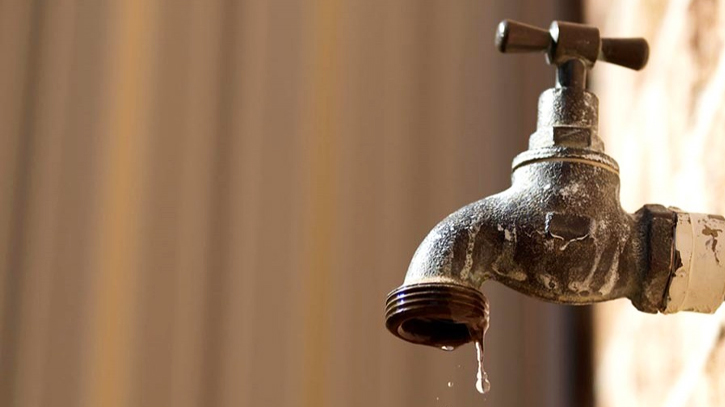
Residents of different areas in the city have been experiencing acute water and gas crises. With the beginning of holy Ramadan, their problems have been aggravated further.
The areas include Mohammadpur, Adabar, Mansurabad, Kazipara, Shewrapara, Malibagh, Gulbagh, Mugda, Manda and Maniknagar. Of these, the residents of Mohammadpur, Adabar, Mansurabad, Kazipara, Shewrapara, Malibagh, and Gulbagh are experiencing water crisis while the residents of Mugda, Manda, and Maniknagar are facing gas crisis.
The affected city dwellers said the water crisis in their areas is so acute that they get water from Dhaka WASA supply lines after every three days.
Contacted Dhaka (Water Supply and Sewerage Authority) WASA deputy managing director (O&M) Engineer A. K. M. Shahid Uddin admitted the problems. But he claimed the problems have been resolved after receiving complaints from the consumers.
"Some of the pumps went out of order in those areas. We repaired some of those and replaced some others. Now, there is no problem of waters there", he told the media.
He also noted that sometimes, in-house pumps get out of order, but consumers complain against the WASA.
Dhaka WASA officials, however, claimed that there is no gap between demand and supply of water in Dhaka city. Rather, production capacity is more than the demand for water, they said. The Dhaka WASA data shows that currently water demand in Dhaka city is 260 crore liters per day while WASA's production capacity is 290 crore liters.
But lack of a proper system to rationally supply the water sometimes creates problems when a deep water pump in any area gets out of order. In the existing system, it becomes difficult to recover the shortage of that area, he said.
Every year in summer water shortage occurs in different areas of Dhaka. The main reason for this is the dependence on underground sources.
In 2010, 80 percent of the water produced by Dhaka Wasa was from underground sources, which are being drawn through deep tube wells and 20 percent was surface water.
The Dhaka WASA planned to increase surface water production to at least 70 percent by 2021. However, the target was not achieved. Still 70 percent of WASA's daily water production comes from underground sources.
About the gas crisis, Al Amin, a resident of the Manda area informed that most of the times of a day, the area remains without gas. But Titas gas officials admitted that the gas crisis is part of the overall shortfall in the national grid.
The Titas officials said the country's gas demand is about 4000 million cubic feet per day (MMCFD) while the state-owned Petrobangla can hardly supply 2660 MMCFD leaving about 1400-1500 MMCFD as shortfall.
Messenger/Sumon


